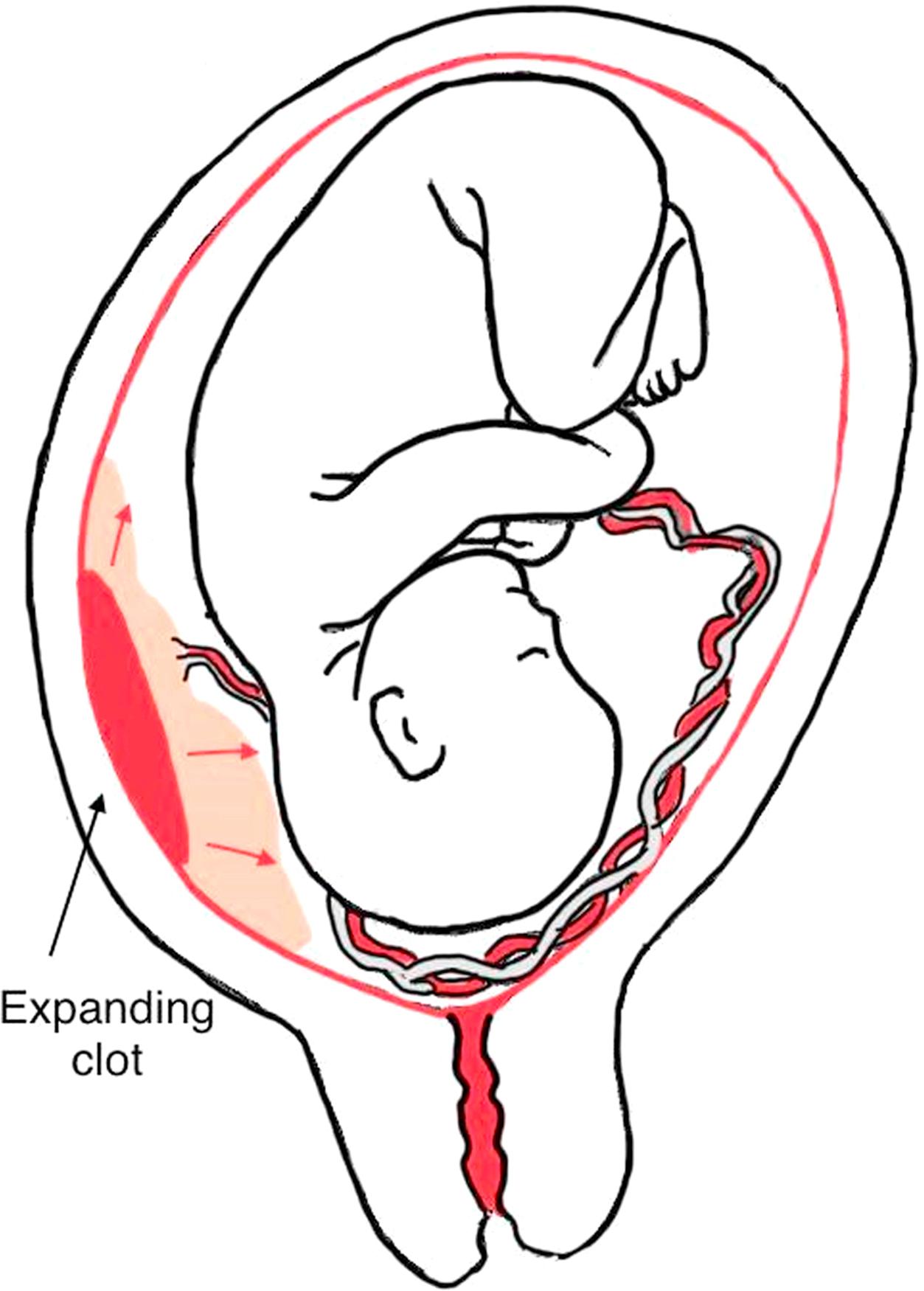Physical Address
304 North Cardinal St.
Dorchester Center, MA 02124
Evaluate patients with antepartum hemorrhage.
List differential diagnoses for antepartum bleeding.
Manage antepartum hemorrhage safely and promptly.
Counsel patients on recurrence risks for antepartum hemorrhage.
Antepartum hemorrhage is defined as any bleeding from the genital tract after the 20th week of pregnancy and before the onset of labor. Antepartum hemorrhage complicates 2%–5% of all pregnancies . It is associated with increased rates of perinatal morbidity and mortality and contributes significantly to healthcare costs.
Placenta previa
Placental abruption
Uterine rupture
Vasa previa
Cervical lesions (such as polyps, ectropion, or malignancy)
Infection
Trauma
Unknownk
Maternal hypovolemic shock
Premature birth
Placental abruption, or abruptio placentae, occurs when the placenta separates from the lining of the uterus prior to delivery. Patients typically present with bleeding in setting of abdominal pain. There are two types of placental abruption:
Revealed placental abruption causes overt vaginal bleeding
Concealed placental abruption occurs when there is no vaginal bleeding because the blood gets trapped inside the uterus behind the placenta

Become a Clinical Tree membership for Full access and enjoy Unlimited articles
If you are a member. Log in here